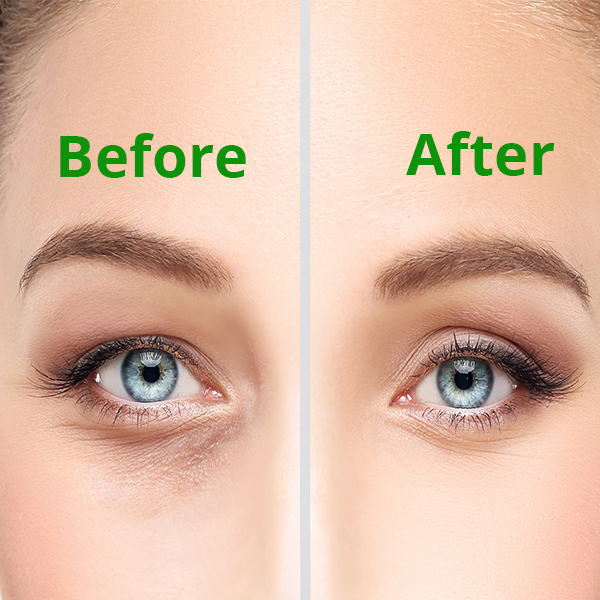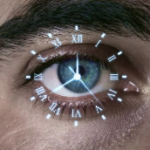Medical Cosmetic Procedures
Taking care of your vision and the health of your eyes isn’t all that is included in complete eye health—it also encompasses the health of your eyelids.
Common eyelid problems include droopy eyelids (ptosis) and excess skin (dermatochalasis). Over time these problems can cause eye discomfort, affect your appearance, and even limit your vision.
At Ophthalmic Consultants of the Capital Region, our team of ophthalmologists can address any concerns you may have about your eyelids—whether for medical reasons or simply cosmetic—and can help correct the problems. We offer both non-surgical solutions, such as BOTOX® and outpatient surgical options.
EYELID PROCEDURES
Ptosis
What is it?
Ptosis is a dropping of the upper eyelid, which may affect one or both of the eyes. This drooping can occur as the muscles around the eye begin to lose their strength over time. Symptoms often include difficulty keeping your eyes open, eyestrain, fatigue, and eyebrow arching from the increased effort needed to raise your eyelids. Ptosis can range from mild, in which the sagging of the eyelid is merely a cosmetic concern, to the more severe, when vision may be impaired due to the eyelid partially covering the pupil of the eye.
What are the causes?
For adults, ptosis is often the result of aging, eye injuries, neurologic problems, and diseases such as diabetes or muscular diseases. It is also not uncommon for adults who have had cataract surgery to develop ptosis.
How does the treatment work?
As we age, the tendon that attaches the levator muscle to the eyelid stretches and the eyelid falls, covering part of the eye. Ptosis surgery usually involves tightening the levator muscle in order to raise the eyelid to the desired position, allowing for a full field of vision and symmetry with the opposite upper eyelid.
The outpatient procedure is usually performed using local anesthesia and with the patient lightly sedated with oral and/or intravenous medications. The procedure is performed underneath the eyelid, which means no incisions in the skin are needed.
Blepharoplasty
What is it?
Blepharoplasty, also known as an eye lift, is a procedure to improve the appearance and function of the eyelids. While ptosis is a drooping of the eyelid muscles, age can also cause just the skin of the eyelid to sag (called dermatochalasis). When the skin of the eyelids loses elasticity, new skin folds are created that can begin to droop over the lashes and cover the pupil, blocking the upper field of vision. Blepharoplasty removes this excess skin and any fatty deposits that appear as puffiness in the eyelids.
How does the treatment work?
Blepharoplasty is performed as an outpatient procedure under local anesthesia and can range from 45 minutes to 2 hours, depending on whether you are having the procedure on both the upper and lower eyelids.
Small incision lines are made along the natural crease lines of your eyelids. Then fat deposits are repositioned or removed, muscles and tissue are tightened, and excess skin is removed. After the procedure, the incisions are closed with fine sutures.
What is the recovery like?
After the procedure, cold compresses are applied to reduce swelling and bruising and antibiotic ointment or drops may be prescribed. Discomfort is generally mild, and non-aspirin pain relievers are usually all that is necessary after the procedure. Warm compresses may also be recommended after several days to increase blood flow to the area and encourage healing. Most patients are able to return to their regular daily activities within several days.
BOTOX® for the Treatment of Blepharospasm
Blepharospasm is a medical diagnosis that causes spasms in and around the eyelids, which results in frequent, involuntary contractions, or blinking, of the eyes. Symptoms may begin as eye twitching, excessive blinking, and/or eye irritation. In its early stages, blepharospasm may only occur with specific triggers like bright light, emotional stress, or fatigue. Over time, though, the spasms can occur frequently throughout the day.
The cause of blepharospasm is unknown, although it’s generally believed to be due to a malfunction of the basal ganglia, responsible for controlling motion, at the base of the brain.
BOTOX has become the primary form of treatment for blepharospasm thanks to the effectiveness of the injections in reducing the muscle spasms and involuntary blinking of the eyes.
Treatments are generally less than 15 minutes, and noticeable improvement is usually seen within a matter of days. While results are temporary—lasting up to 6 months—repeated BOTOX injections can actually help prevent wrinkles from recurring.
BOTOX has been used safely by ophthalmologists to treat cosmetic and medical conditions for more than 20 years. In fact, ophthalmologists are the most trusted administrators of BOTOX, thanks to their in-depth knowledge of the muscles around the eyes and facial anatomy.


